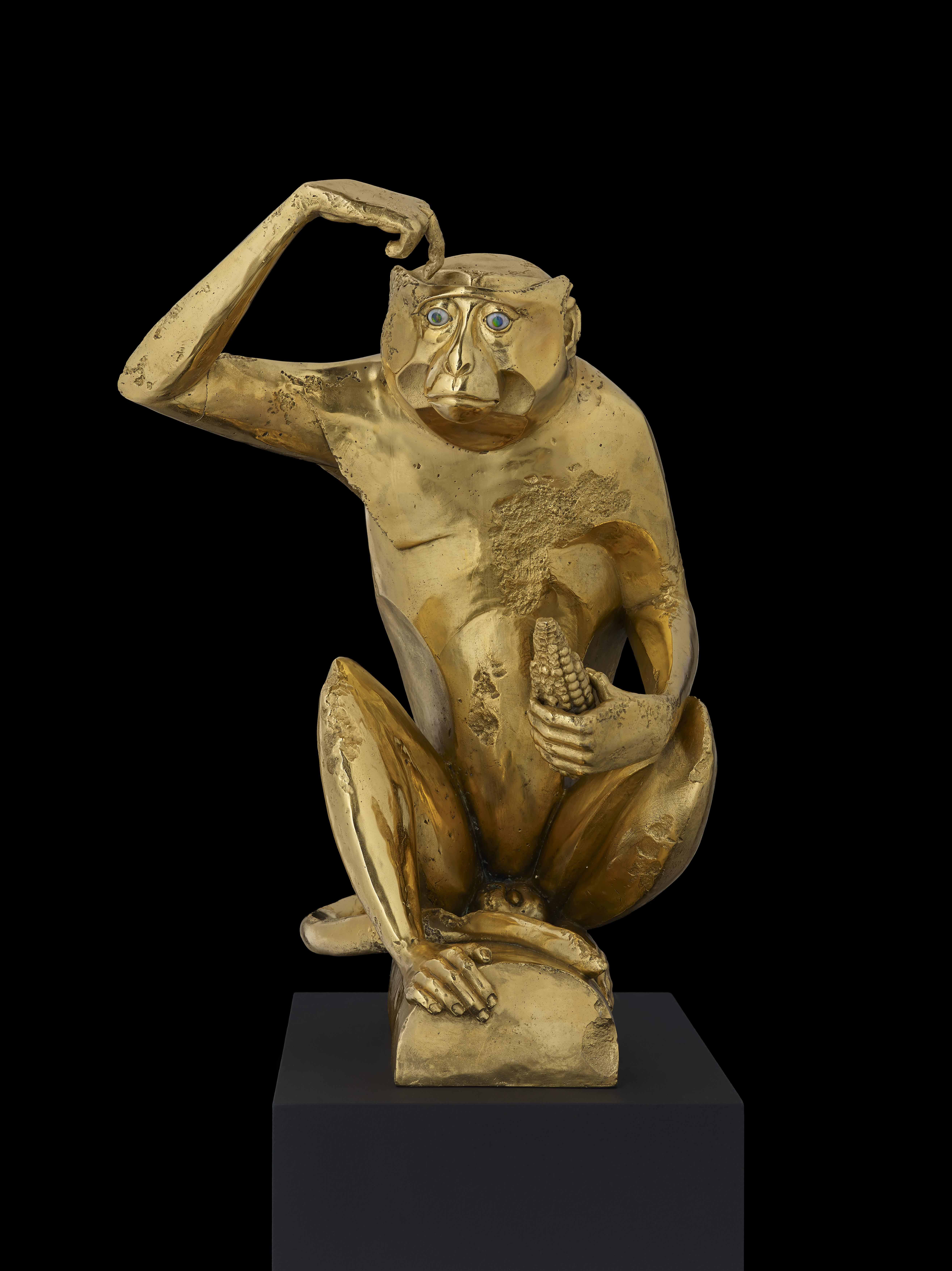Haifa Museum of Art presents : Fake News – Fake Truth
Curator: Svetlana Reingold
The longer we investigate the “lies” of art, the more we’ll discover that the path of deception leads to the truth. Is art sentenced to truth? Could it be that even in the era of post-truth, art has no choice but to tell the truth? Could it be that in an age when culture seems to be losing its hold on truth – art may be the last space unable to say “yes” to a lie?
(Gideon Ofrat, Art and Lie, 2017)
The Bible says: “Charm is deceitful, and beauty is vain” (Proverbs, 31, 30). It seems our culture prefers to reject this ancient wisdom, preferring the lie and the deceptive outward appearance, as if it were the obvious choice. In this context, art historian Gideon Ofrat writes that “commercials never stop lying to us […] politicians never stop offering false promises before elections, in empty ‘visions of peace’; public relations experts and spokesmen have become con-artists on retainers. Wherever we turn, whenever we open our eyes and our ears – lies surround us. It is as if we have accepted non-truth as the verdict of our existence.”
Philosopher Hannah Arendt, in her essay Truth and Politics (1967), argues that the organized telling of lies is in fact inherent to governing. From the political perspective, truth is tyrannical in nature, which is why tyrants fear its power. When lies routinely replace the factual truth, our ability to orient ourselves in the real world is destroyed. Erich Fromm, in his comments on the phenomenon described by American writer Alan Harrington in his book Life in the Crystal Palace (1959), coined the term “mobile truth” when referring to the way in which the “truth” that serves corporations becomes the general truth. George Orwell, in his book 1984 (published in 1949), described a special form of thought (“doublethink”), which enables one to believe simultaneously in the truth of two opposing beliefs.
It seems these thinkers successfully predicted the phenomenon that has since grown more profound. Today there is a large variety of terms denoting similar ideas: “truthiness,” “wikiality,” “fake news,” and “alternative facts.” Political communication scholar Jayson Harsin coined the term “regime of post-truth” to emphasize this decisive shift, which constitutes, in his view, a systematic, historically unprecedented mode of conduct. According to Harsin, political players use sophisticated manipulations in order to control public discourse and the emotions of the citizenry.
The radical blurring of boundaries between fiction and reality, in a world dominated by post-truth politics, is at the focus of this cluster of exhibitions. The works presented in it emphasize that truth itself has become just one option amongst a wide variety of perspectives, in an age of open conflict between those attempting to formulate a solid order, and their vocal opponents. The exhibiting artists use diverse strategies of deception and fabrication – such as the use of fictitious figures, pranks, and interventions in real life by means of impersonation. These practices are intended mostly to illuminate the loss of faith in the media culture, particularly under the decisive influence of online communication. They train us in skepticism and doubt, yet also encourage a discussion geared towards the possibility of regaining our trust.
Adi Ophir and Ariella Azoulay have argued that in order to create a regime different from the existing one, we must imagine we are the rulers of the state, which can change in accordance with its citizens’ needs. Accordingly, the artists in this exhibition seem to become organizations larger than themselves (interest groups, giant corporations, armies, nation states, and more). They use these organizations’ aesthetic language and codes in order to expose the systems that construct reality, and to create an escape from oppression. In this context, philosopher Slavoj Žižek has emphasized the effectiveness of artful disguise. According to him, “outlying the lie” is an act more subversive than the direct critique of lying, since this radical strategy exposes the true intention behind the ideological cover.
The exhibition cluster also follows the artistic engagement, from the 1970s to the present day, with the mutual relationship between false information and its means of distribution – beginning with the traditional printing press and televised broadcasts, up until today’s social media. The artists point to the relativity of the broadcast “truth,” which originates in various biases and personal interests. They seek to explore the ways in which the characteristics of contemporary media place obstacles in the way of facts, preferring images, attractive stories, and entertaining aesthetics.
Arendt emphasizes that when everyone lies, speaking the truth becomes a primary political act. The speaker of truth enters the political fray; if he survives, he will take steps towards changing the world. The artists in this exhibition seek to create an alternative world, demanding that it be realized in action. They themselves and their surroundings are to be the medium of this action and of the creation of the world of truth.
The new exhibitions at the Haifa Museum of Art will touch on the “truth crisis” with a grand exhibit that features around 70 artists from Israel and abroad. Amongst the exhibiting artists, for the first time in Israel, the famed – Damien Hirst – premiering his new sculpture.









